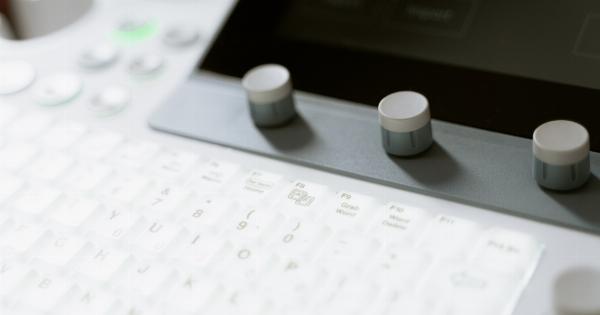Monitoring your heart rate is an important aspect of maintaining good cardiovascular health.
A healthy heart rate can indicate that your cardiovascular system is functioning well, whereas an abnormal heart rate can suggest the presence of a cardiac condition. In this article, we will discuss different methods to measure heart rate and understand what a healthy heart rate is.
What is Heart Rate?
Heart rate, also known as pulse rate, is the number of times the heart beats per minute (BPM). The heart is a muscular organ that pumps blood throughout the body, delivering oxygen and nutrients to the organs and tissues.
The normal heart rate for an adult at rest is between 60 and 100 BPM.
Why Measuring Heart Rate is Important?
Measuring your heart rate is essential for keeping track of your cardiovascular health. An abnormal heart rate can indicate the presence of underlying medical conditions such as arrhythmia, bradycardia, or tachycardia.
Monitoring your heart rate can also provide valuable insight into the effectiveness of your exercise routine or other lifestyle changes.
How to Measure Heart Rate?
There are several methods to measure heart rate, and we will discuss them in detail below:.
Palpation
The simplest way to measure heart rate is through palpation. To do this, place your index and middle fingers on your neck, just to the side of your windpipe.
Press gently until you locate your pulse, then count the number of beats for 30 seconds and multiply by two to get the BPM.
Wearable Heart Rate Monitors
Wearable heart rate monitors have become increasingly popular in recent years. These devices use optical sensors to measure your heart rate via the skin on your wrist.
Most wearable heart rate monitors also track other fitness metrics, such as steps taken and calories burned, making them a valuable tool for monitoring overall health and fitness.
Chest Strap Heart Rate Monitors
Chest strap heart rate monitors are another popular option for athletes and fitness enthusiasts. These monitors consist of a small sensor that attaches to a strap that you wear around your chest.
The sensor measures your heart rate and transmits the data to a receiver, which can be a watch or a smartphone app.
ECG or EKG
Electrocardiogram (ECG or EKG) is a medical test that measures the electrical activity of the heart. It is the most accurate way to measure heart rate and can also detect abnormalities in heart rhythm.
This test is usually performed by a healthcare provider and involves attaching electrodes to the chest, arms, and legs to record the heart’s electrical activity over a specified period.
Understanding Normal Heart Rate
As mentioned earlier, a normal heart rate for an adult at rest is between 60 and 100 BPM. However, several factors can influence heart rate, such as age, gender, physical activity, and medication.
For example, athletes and people who engage in regular exercise tend to have lower resting heart rates.
If your heart rate is consistently above or below the normal range, you should consult with your healthcare provider to determine the cause and necessary treatment.
Conclusion
Measuring your heart rate is an important aspect of maintaining good cardiovascular health.
Whether you use palpation, wearable or chest strap heart rate monitors, or ECG, tracking your heart rate can provide valuable insights into your overall health and fitness. Remember to consult with your healthcare provider if you have any concerns or notice any abnormalities in your heart rate to determine the necessary treatment.





























